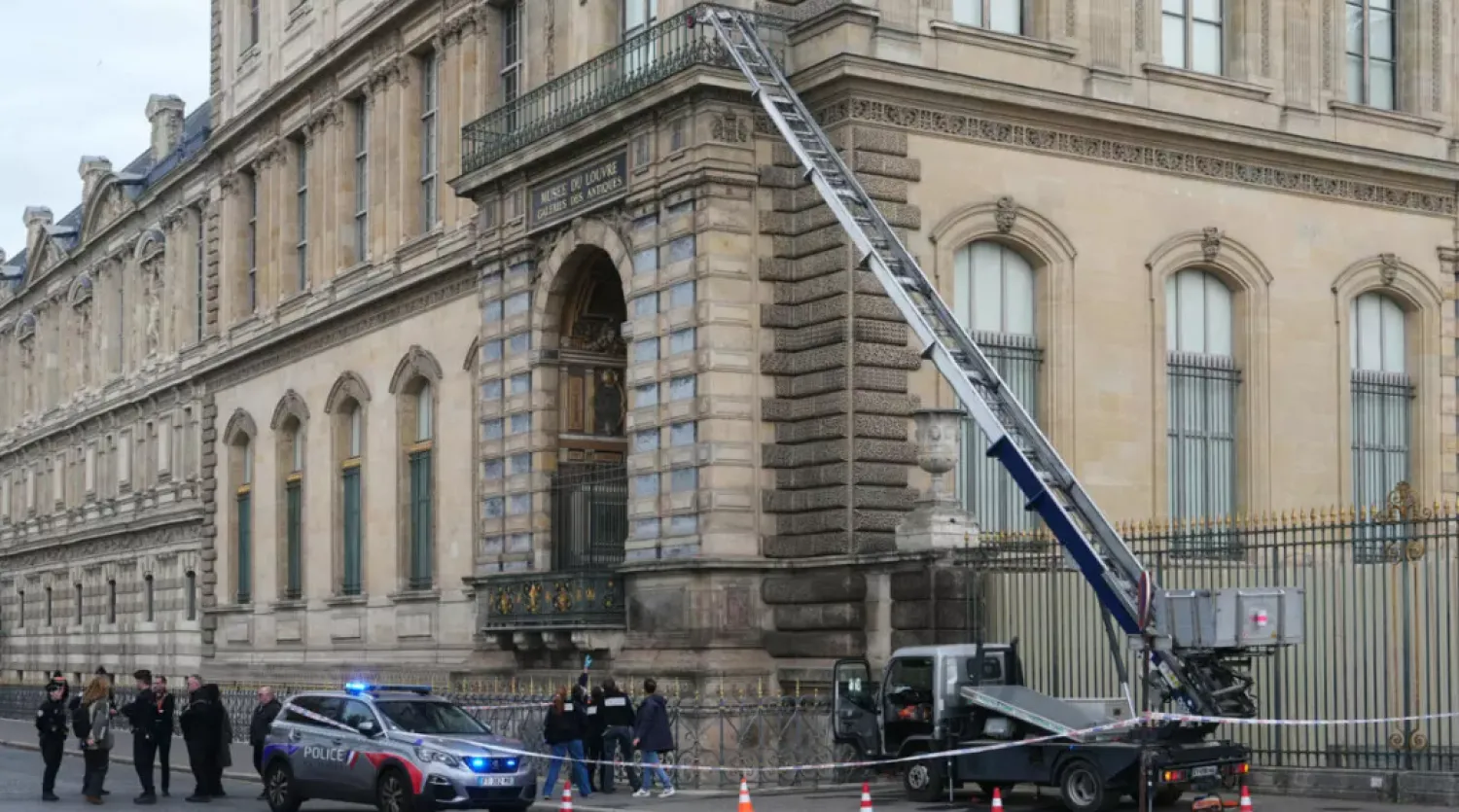An international archeological mission has uncovered the remnants of what is believed to be a 5,000-year-old restaurant or tavern in the ancient city of Lagash in southern Iraq.
The discovery of the ancient dining hall — complete with a rudimentary refrigeration system, hundreds of roughly made clay bowls and the fossilized remains of an overcooked fish — announced in late January by a University of Pennsylvania-led team, generated some buzz beyond Iraq’s borders.
It came against the backdrop of a resurgence of archeology in a country often referred to as the “cradle of civilization,” but where archeological exploration has been stunted by decades of conflict before and after the US invasion of 2003. Those events exposed the country's rich sites and collections to the looting of tens of thousands of artifacts.
“The impacts of looting on the field of archeology were very severe,” Laith Majid Hussein, director of the State Board of Antiquities and Heritage of Iraq, told The Associated Press. “Unfortunately, the wars and periods of instability have greatly affected the situation in the country in general.”
With relative calm prevailing over the past few years, the digs have returned. At the same time, thousands of stolen artifacts have been repatriated, offering hope of an archeological renaissance.
“‘Improving’ is a good term to describe it, or ‘healing’ or ‘recovering,’” said Jaafar Jotheri, a professor of archeology at University of Al-Qadisiyah, describing the current state of the field in his country.
Iraq is home to six UNESCO-listed World Heritage Sites, among them the ancient city of Babylon, the site of several ancient empires under rulers like Hammurabi and Nebuchadnezzar.
In the years before the 2003 US invasion, a limited number of international teams came to dig at sites in Iraq. During Saddam Hussein’s rule, Jotheri said, the foreign archeologists who did come were under strict monitoring by a suspicious government in Baghdad, limiting their contacts with locals. There was little opportunity to transfer skills or technology to local archeologists, he said, meaning that the international presence brought “no benefit for Iraq.”
The country's ancient sites faced “two waves of destruction,” Jotheri said, the first after harsh international sanctions were imposed following Iraq’s 1990 invasion of Kuwait and desperate Iraqis “found artifacts and looting as a form of income” and the second in 2003 following the US invasion, when “everything collapsed.”
Amid the ensuing security vacuum and rise of ISIS, excavations all but shut down for nearly a decade in southern Iraq, while continuing in the more stable northern Kurdish-controlled area. Ancient sites were looted and artifacts smuggled abroad.
The first international teams to return to southern Iraq came in 2014 but their numbers grew haltingly after that.









